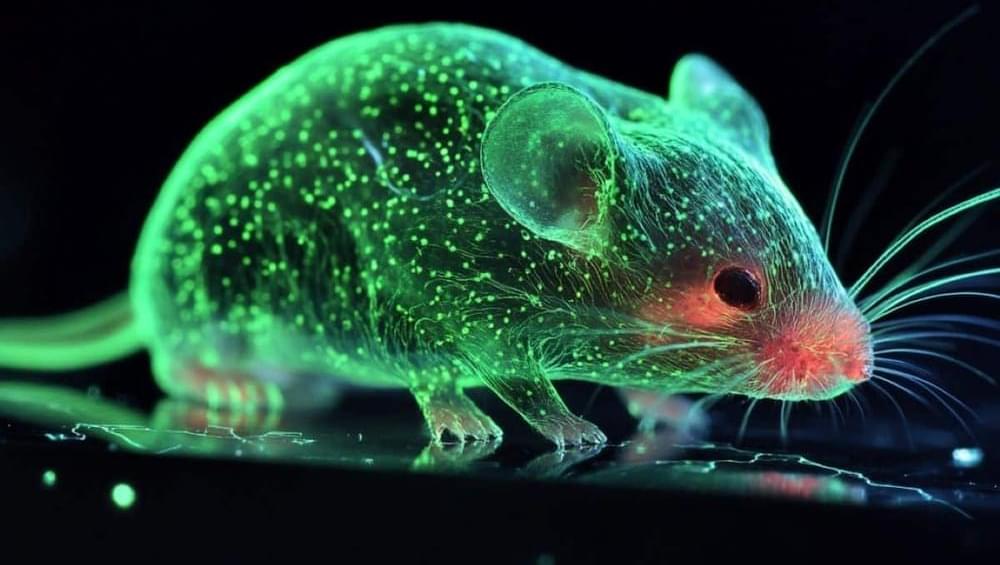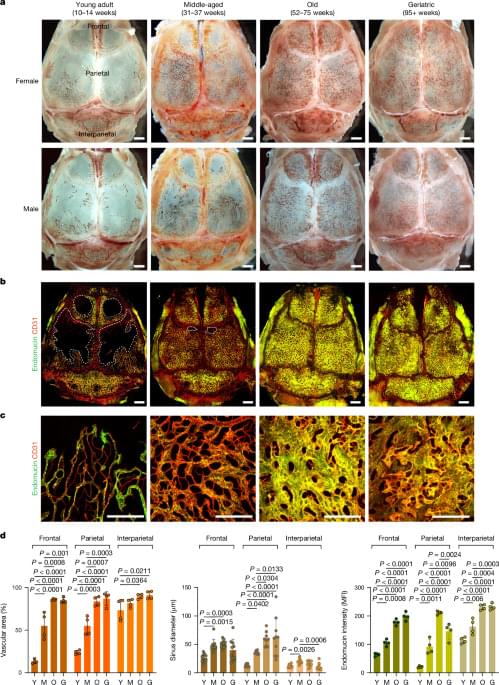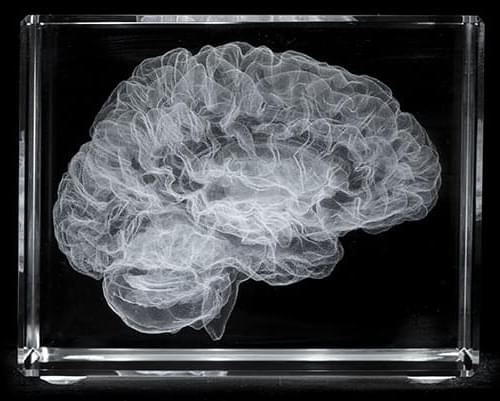Unlock the Secret to a Longer, Healthier Life: The Power of Inhibiting IL-11
Discover the groundbreaking science behind aging in this video, Mr. Bill Faloon presents:
• The Role of IL-11 in Aging: Learn how this inflammatory cytokine accelerates aging and contributes to age-related diseases.
• The Benefits of Inhibiting IL-11: Discover how reducing IL-11 levels can lead to increased lifespan, improved health, and a more youthful appearance.
• Natural Ways to Inhibit IL-11: Learn about dietary supplements and lifestyle habits that can help you lower IL-11 levels.
• The Future of Anti-Aging Medicine: Explore the latest research on drugs and therapies targeting IL-11 and how they may revolutionize the way we approach aging.
https://www.nature.com/articles/s41586-024-07701-9
Inhibition of IL-11 signalling extends mammalian healthspan and lifespan.
https://www.ncbi.nlm.nih.gov/pmc/articles/PMC9386112/
IL11 stimulates ERK/P90RSK to inhibit LKB1/AMPK and activate mTOR initiating a mesenchymal program in stromal, epithelial, and cancer cells.
https://www.ncbi.nlm.nih.gov/pmc/articles/PMC10754292/
Understanding interleukin 11 as a disease gene and therapeutic target.
Blocking Inflammation Protein Extends Lifespan.
https://www.telegraph.co.uk/news/2024/07/17/scientists-find-…op-cancer/





